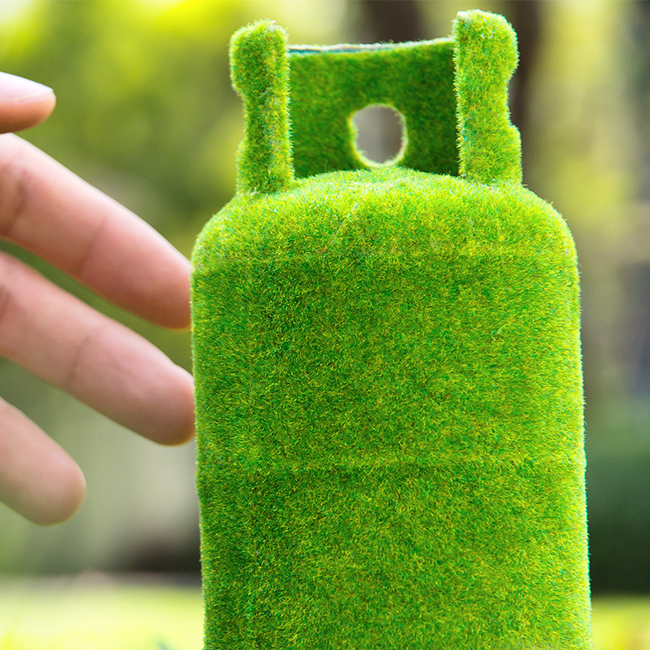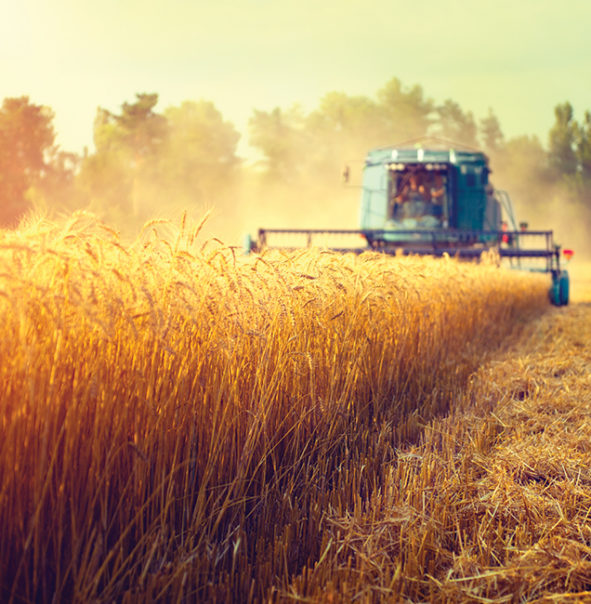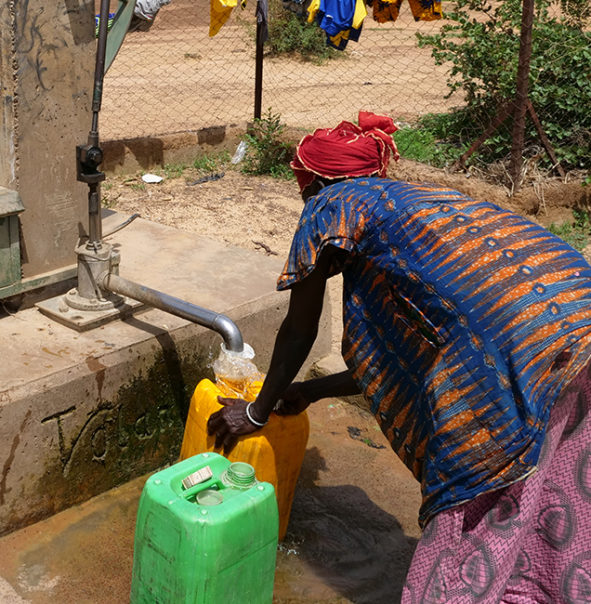Social value of green gas in the built environment
The Nieuwborgen project in Groningen aims to make Nieuwolda and Wagenborgen natural gas-free by producing and using local green gas. Ecorys studied the social (added) value of green gas supply, commissioned by the project team.
In the study, Ecorys paid particular attention to ‘direct’ delivery of green gas, where there is a physical gas pipeline directly connecting the biodigesters to the relevant residential areas. The results of the study are relevant not only for the Nieuwborgen project, but also for other places in the built environment in the Netherlands where green gas is the socially optimal alternative to natural gas.
In addition to understanding the social value of green gas (part 1) and the value residents attach to direct delivery (part 2), the municipalities also asked us to outline the framework on the basis of which grid operators weigh up investments that would allow gas to be fed into the grid (part 3).
Method
To investigate consumers’ appreciation of green gas, survey research was conducted. More than 1,600 people participated. Advanced statistical techniques (‘vignette analysis’) were used to examine the willingness to pay for different variants. This method was also recently applied by Ecorys (in collaboration with SEO) in a study on the Value of Lost Load (VoLL) commissioned by the Consumer and Market Authority.
To determine in which neighbourhoods green gas can best be deployed from a technical-economic point of view, the Vesta MAIS model was used.
For more information, read the research report Social value green gas in Dutch (pdf).

29 August 2022
1 minute read
Key Experts
Kurt Kreulen
Consultant



